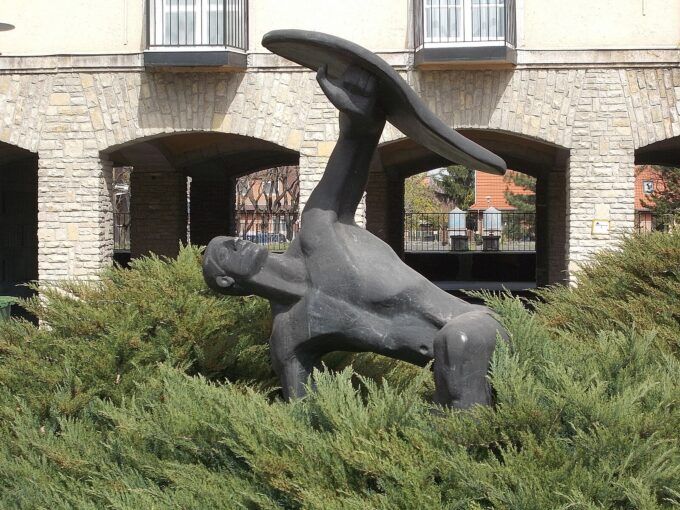TOM KRISHER
Mon, November 13, 2023

FILE - The Hyundai company logo is displayed in Littleton, Colo. Hyundai has joined Honda and Toyota in raising factory worker wages after the United Auto Workers union reached new contract agreements with Detroit automakers. Hyundai said Monday, Nov. 13, 2023 that it will raise factory worker pay 25% by 2028.
South Korean automaker Hyundai has joined Honda and Toyota in raising factory worker wages after the United Auto Workers union reached new contract agreements with Detroit automakers.
Hyundai said Monday it will raise factory worker pay 25% by 2028, matching the general wage increase won by the UAW during that period. Toyota raised factory pay 9% to 10% starting in January, while Honda said it will increase wages 11% during the same period.
Experts say the increases at least in part are aimed at thwarting UAW President Shawn Fain's strategy of trying to organize U.S. auto plants run by foreign automakers and Tesla in order to increase the union's bargaining power. Fain said terrified auto executives at nonunion plants are raising wages, and he called Toyota's pay increase the UAW bump.
“UAW, that stands for ‘You Are Welcome,’” he said.
About 146,000 UAW members are voting on new contracts with General Motors, Ford and Jeep maker Stellantis that give them 25% general wage increases over the next four years and eight months. When cost of living wages are factored in, workers will get about 33% raises, with the top assembly line employee making about $42 per hour.
David Shepardson
Mon, November 13, 2023

2022 World Car Awards at the New York International Auto Show, in New York City
In this article
(Reuters) -Hyundai Motor said on Monday it will hike wages for nonunion production workers at its Alabama factory by 25% by 2028, weeks after the United Auto Workers won new contracts with the Detroit Three automakers.
The Korean automaker joins Toyota Motor and Honda Motor in raising U.S. factory wages after the UAW won a new contract with General Motors, Ford Motor and Chrysler parent Stellantis that will result wage increases of 25% through 2028. The Detroit Three wage hikes amount to 33% when expected cost-of-living adjustments are factored in.
Hyundai said that with a new raise coming in January, the 4,000 hourly workers at its Alabama factory will have received a wage increase of 14% over the last 12 months. Hyundai Motor Group also plans higher wages at its electric-vehicle factory in the U.S. state of Georgia that will open in 2025.
Hyundai said that wages are being raised so that the company can "remain competitive and ... recruit and retain top talent." Hyundai builds the Santa Fe, Tucson, Santa Cruz and Genesis GV70 vehicles in Montgomery, Alabama.
On Friday, Honda said it would give U.S. production workers an 11% pay hike starting in January and cut the time for factory workers to reach the top wage tier to three years from six, in line with a key concession won by UAW in its recent negotiations.
Honda and other nonunion automakers in the U.S. have come under pressure to improve pay and benefits following the record contracts achieved by the UAW in late October, roughly six weeks after thousands of its members went on strike.
When U.S. President Joe Biden visited Illinois last week, he said he backed the UAW's efforts to unionize Tesla and Toyota, adding that all U.S. auto workers deserve a deal similar to the UAW's recent agreements with the Detroit Three.
Honda's pay hike was announced after Toyota said it was raising the wages of its nonunion U.S. factory workers.
UAW workers are now in the process of voting on whether to ratify those contracts.
(Reporting by David Shepardson in Washington and Priyamvada C in BengaluruEditing by Matthew Lewis)




























